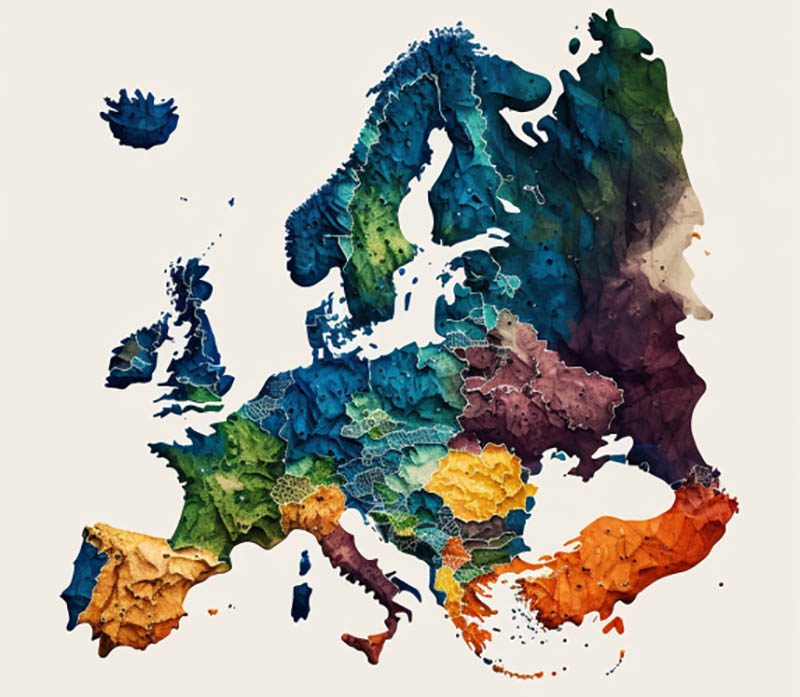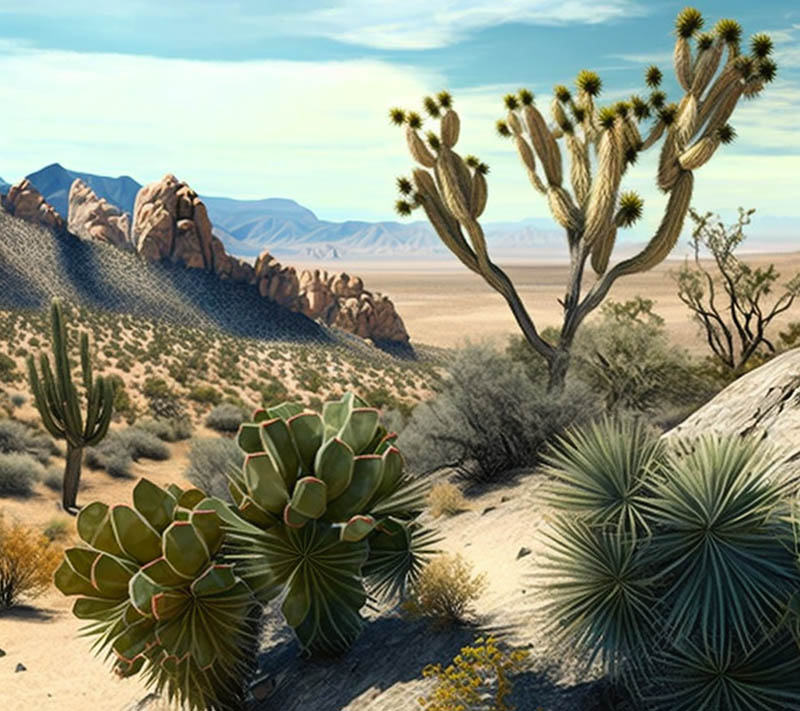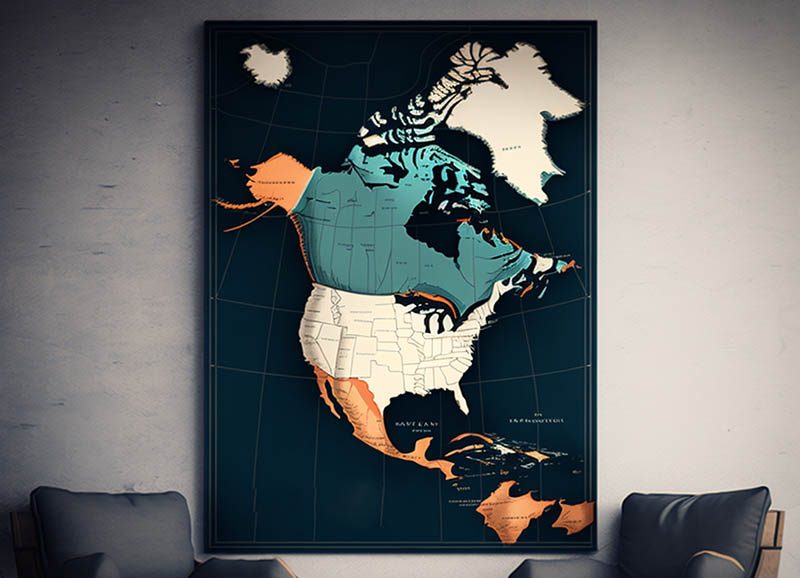Europe is one of the centers of modern civilization. European history goes back many thousands of years!
Geographical Facts About Europe
- There are 44 countries in Europe, including Russia, which is partially located in Asia. The largest country by land area is Russia, it’s European territory covers approximately 3.97 million square kilometers (1.53 million square miles.). The smallest European country by land area is Vatican City, which is an independent city-state that covers just 0.44 square kilometers (0.17 square miles).
- The border between Europe and Asia is somewhat ambiguous. The most widely recognized border between the two continents is the Ural Mountains, which stretch for approximately 2,500 kilometers from the Arctic Ocean to the Ural River in western Kazakhstan.
- Europe’s landmass covers about 6.8% of the total land area on Earth. It is the second smallest continent after Australia in terms of land area.
- There are 14 countries in Europe that are considered landlocked, meaning they do not have a coastline on any ocean or sea. These countries are Andorra, Austria, Belarus, the Czech Republic, Hungary, Kosovo (a partially recognized state), Liechtenstein, Luxembourg, North Macedonia, Moldova, San Marino, Serbia, Slovakia, and Switzerland.
- The northernmost city in Europe is Longyearbyen, located in the Svalbard archipelago in Norway. The southernmost city is Gavdos, a Greek island located south of Crete. Reykjavik, the capital and largest city of Iceland, is the westernmost city. The easternmost city is Istanbul, the largest city in Turkey, which is situated on both sides of the Bosporus Strait and spreads across two continents – Europe and Asia.
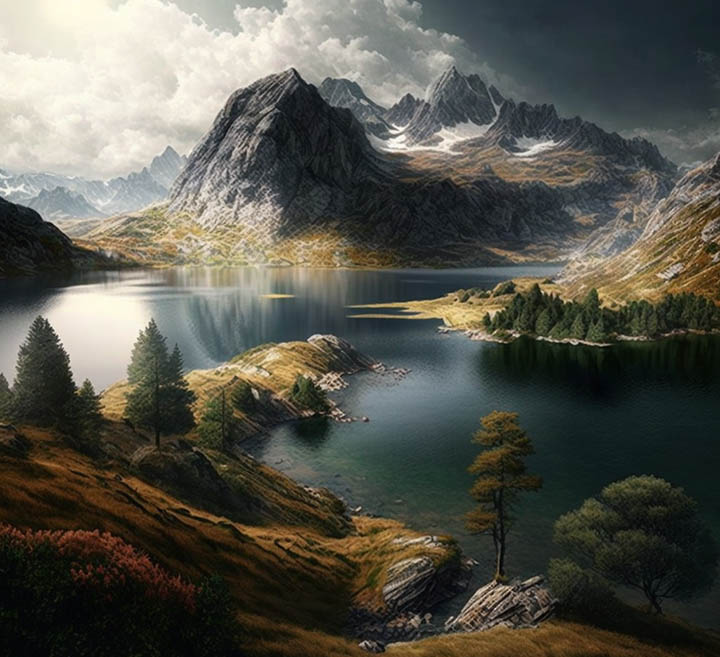
European People and Culture
- The total population of Europe is approximately 746 million people, according to the latest estimates from the United Nations. This makes Europe the third-most populous continent in the world, after Asia and Africa.
- The most populous European country is Russia, with a population of approximately 140 million people. On the other hand, the least populous European country is the Vatican, with a population of just over 800 people.
- Europe is home to the highest number of international migrants in the world, with over 82 million immigrants living in the region.
- There are over 230 languages spoken in Europe, with over 200 of them considered “living languages” that are actively spoken today. Some of the most widely spoken languages include English, French, German, Italian, Spanish, Russian, and Turkish.
- The Republic of San Marino is a small independent European country that is surrounded by Italy and has a population of around 33,000 people. It is the oldest surviving sovereign state in the region, founded in 301 AD.
- The largest city is Istanbul (estimated population of over 15 million people). However, Istanbul is located at the crossroads of Europe and Asia and is considered to be a transcontinental city. Thus, the largest city entirely located in Europe is Moscow (about 12.5 million people).
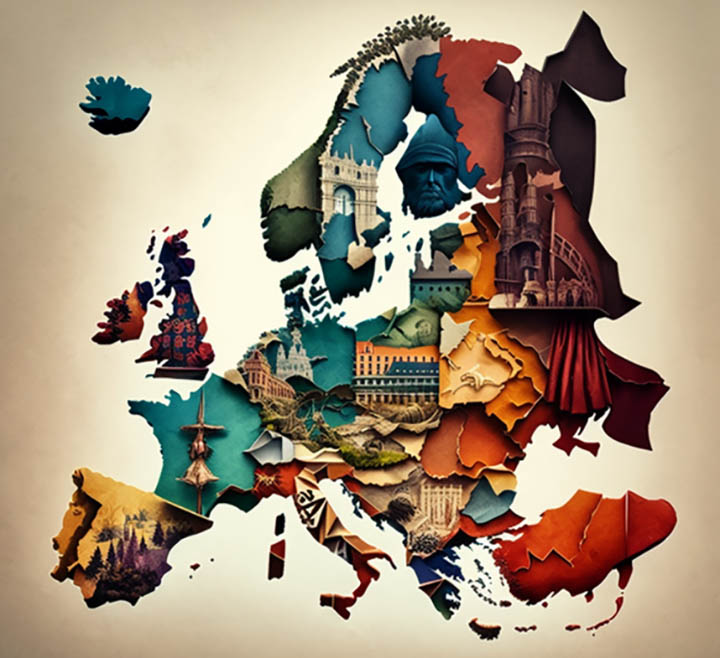
Nature of Europe
- The longest river in Europe is the Volga, which stretches for approximately 2,294 miles (3,690 kilometers) from its source northwest of Moscow to its mouth on the Caspian Sea. The Volga is also the largest river in Europe by discharge and drainage basin.
- The highest mountain in Europe is Mount Elbrus, which is located in the Caucasus Mountains in Russia. It is a dormant volcano and has two summits, with the western summit being the highest at 18,510 feet (5,642 meters). Mount Elbrus is also the highest peak in Russia and is one of the Seven Summits, a group of the highest mountains on each of the seven continents.
- There are currently 44 potentially active or active volcanoes in Europe. However, not all of these volcanoes are currently erupting, and some have not erupted in centuries.
- The largest lake in Europe is Lake Ladoga, which is located in the northwestern part of Russia, near the city of Saint Petersburg. It has a surface area of approximately 17,700 square kilometers (6,824 square miles) and a maximum depth of 230 meters (755 feet).
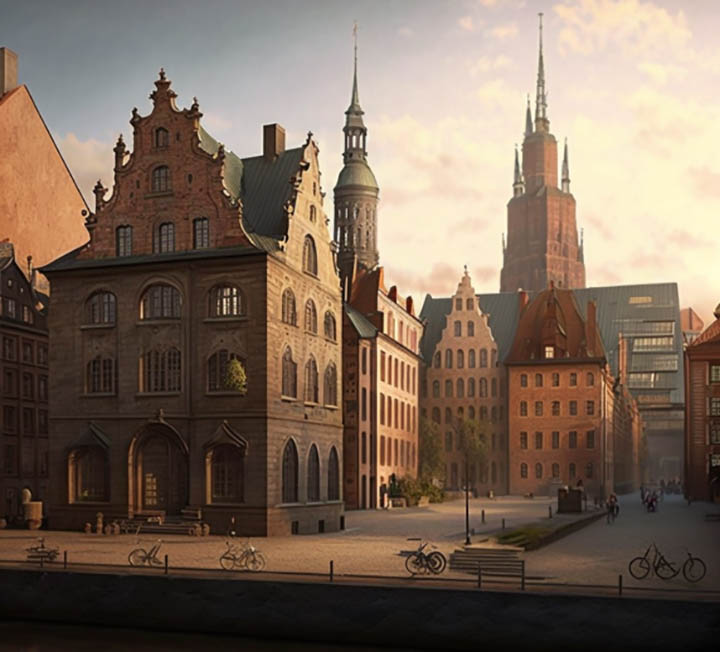
More Facts
- France is the most visited European country, with over 89 million international tourist arrivals in 2019. As for the most visited European city, that title goes to London, which saw over 19 million international visitors in 2019.
- Europe has the most UNESCO World Heritage Sites of any continent, with 445 cultural and natural sites recognized for their outstanding value to humanity.
- Montenegro is the youngest European country. It separated from Serbia and declared independence in 2006.
- Etna volcano in Europe erupts so frequently that it is the second most active volcano in the world. Fortunately, the lava usually does not reach populated areas.
- This region is a major producer of potatoes. About 75% of the world’s potato crop is grown here.
